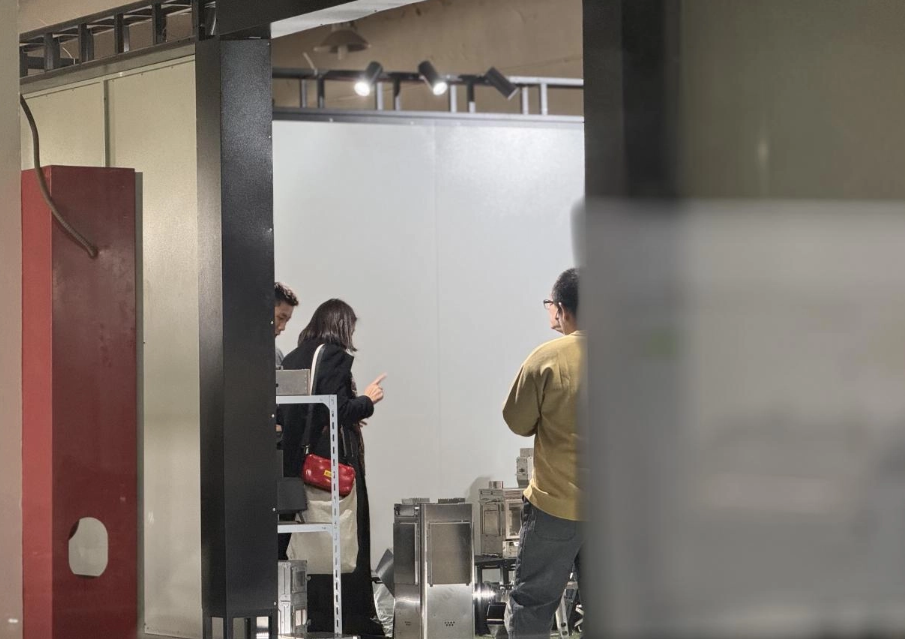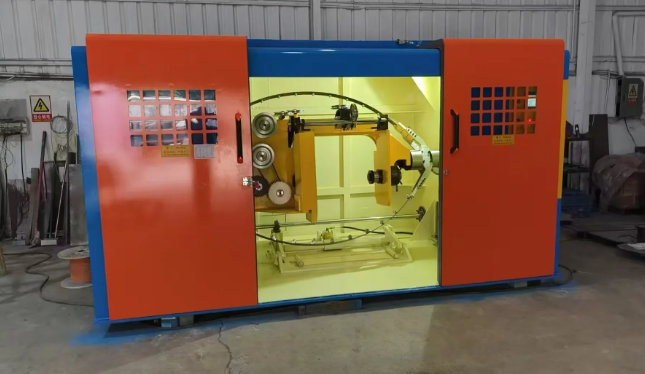Material selection and technology innovation in building subsidence repair is a complex and multi-faceted issue involving foundation reinforcement, material performance optimization, and construction technology innovation. The following is a detailed analysis from the two aspects of material selection and technological innovation:
First, material selection
1. Combination of traditional materials and new materials
In building subsidence repair, traditional materials such as cement and reinforced concrete are still widely used, but new materials such as high-performance concrete and composite materials (such as carbon fiber and glass fiber reinforced plastics) are gradually receiving attention. These new materials have higher tensile strength and corrosion resistance, which can effectively cope with the physical and chemical damage caused by environmental changes and long-term use. In addition, geopolymer technology as an innovative material, through the injection of swelling polymer resin into the weak soil layer, can quickly improve the bearing capacity of the foundation, with environmental protection, no noise, no dust and other advantages.
2. Selection of foundation reinforcement materials
Foundation reinforcement is the core link of subsidence restoration, and the commonly used materials include cement slurry, polyurethane slurry and so on. These materials are injected into cracks or holes in the foundation by grouting to improve the density and strength of the foundation. In addition, the sand and gravel pile method is suitable for sand and gravel foundation or soft foundation with thick soil layer, and the bearing capacity and stability of the foundation are enhanced by driving sand and gravel pile.
3. Material selection in special environment
In special environments, such as underground buildings or underwater restoration projects, more durable materials need to be selected. For example, epoxy glue is widely used to fix and repair various stones and tiles due to its high bond strength and chemical resistance. In addition, silicone sealants and polyurethane waterproofing adhesives perform well in sealing and waterproofing.
4. Selection of materials for historical buildings
For the restoration of historic buildings, it is recommended to use alternative materials similar to the original materials, such as lime-based materials instead of Portland cement, in order to maintain the historic and aesthetically pleasing nature of the building.
Second, technological innovation
1. Innovation of grouting technology
Grouting technology is one of the important means of building subsidence repair. Traditional grouting methods such as cement grouting have been gradually replaced by more efficient geopolymer grouting technology. Geopolymer grouting technology can improve the bearing capacity of foundation in a short time by quickly injecting swelling polymer resin, and the construction process is not interfered with and environmentally friendly. In addition, the application of D-InSAR technology can monitor the grouting effect in real time to ensure the repair quality.
2. Innovation of piling technology
Piling technology is another common method of foundation reinforcement. Traditional steel piles and spiral piles have been widely used, but under complex geological conditions, drilled cast-in-place piles (CFA piles) are favored for their continuous piling process and strong adaptability. In addition, the cap strengthening method and lifting method are also used in the case of serious subsidence.
3. Intelligent monitoring and management
The application of intelligent technology makes building subsidence repair more efficient and accurate. For example, real-time monitoring sensors can assess the state and exposure conditions of infrastructure and detect early damage in time. In addition, the application of iot technology makes the construction process more transparent and controllable.
4. Sustainability and environmental technologies
Environmental protection and sustainability are important considerations in subsidence restoration. For example, geopolymer technology is not only environmentally friendly, but also can ensure long-term stability of the foundation. In addition, the application of novel materials such as nanomaterials and bioengineering technologies can help improve the soil environment and promote soil remediation.
Iii. Summary
Material selection and technological innovation in building subsidence repair require comprehensive consideration of foundation conditions, building types and environmental requirements. Traditional materials such as cement and reinforced concrete still play an important role, but the application of new materials such as geopolymers, high-performance concrete and composite materials is gradually increasing. In terms of technological innovation, advances in grouting technology, piling technology and intelligent monitoring technology have provided more possibilities for restoration work. At the same time, the integration of environmental protection and sustainability concepts makes the restoration project more efficient and long-term.
Through reasonable selection of materials and technical solutions, the problem of building subsidence can be effectively solved to ensure its safety and stability.
en.hengxianghongye.com
Hengxiang Hongye Soil and Foundation Improvement Technology Co.,Ltd


More Stories
Why Ground Strengthening Is Critical for Residential and Commercial Buildings
玻璃防曬隔熱紙在香港家居與建築中的多重價值——以 XPEL VISION隔熱膜為例
Advanced Mortar Intelligent Packaging Line for Dry Mix Mortar, Ready-Mixed Mortar, Putty Powder & Gypsum